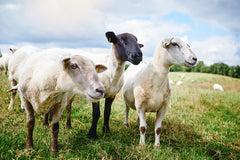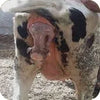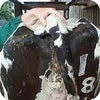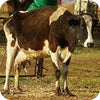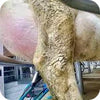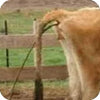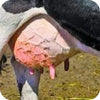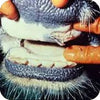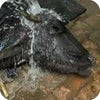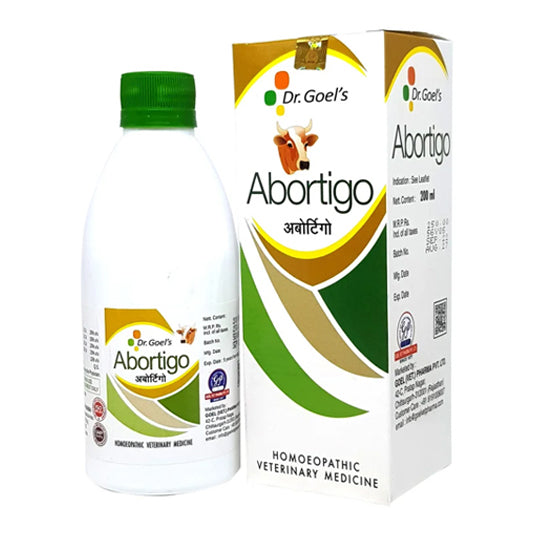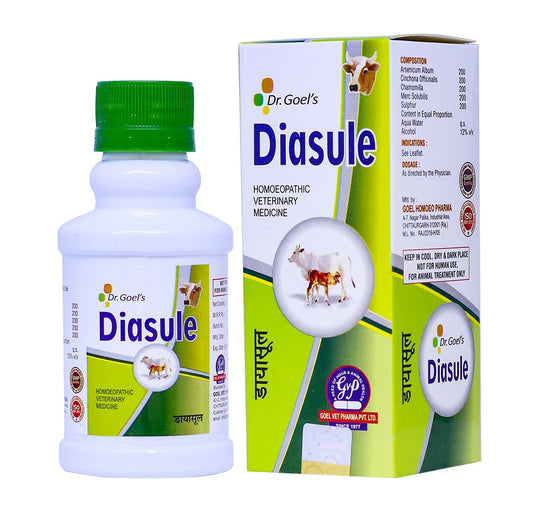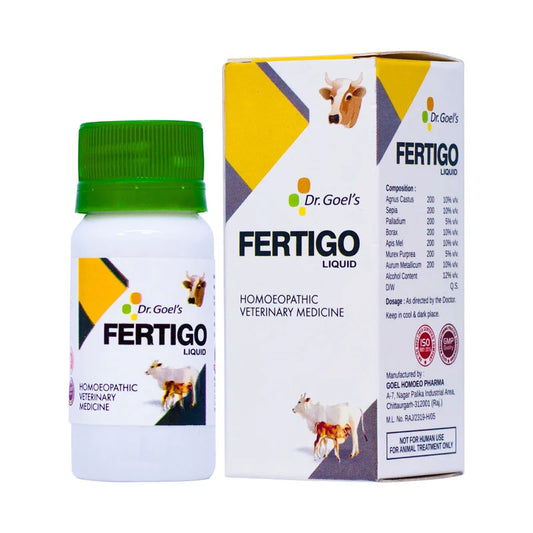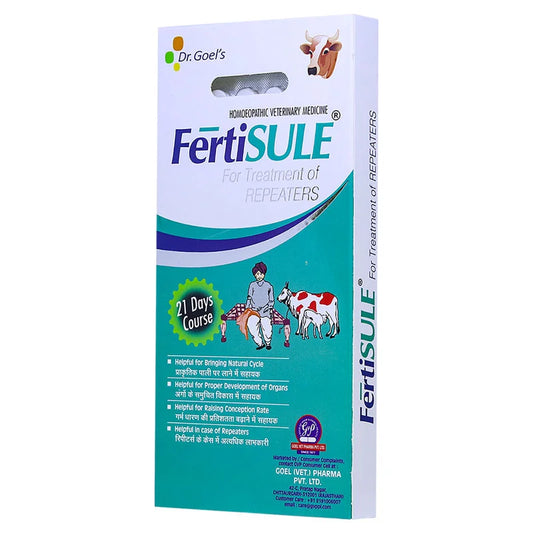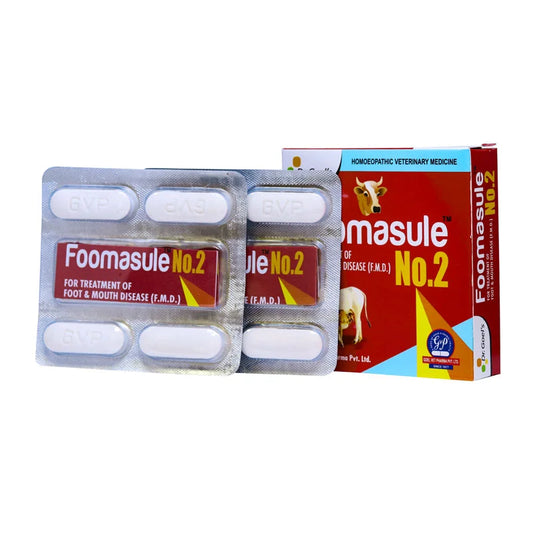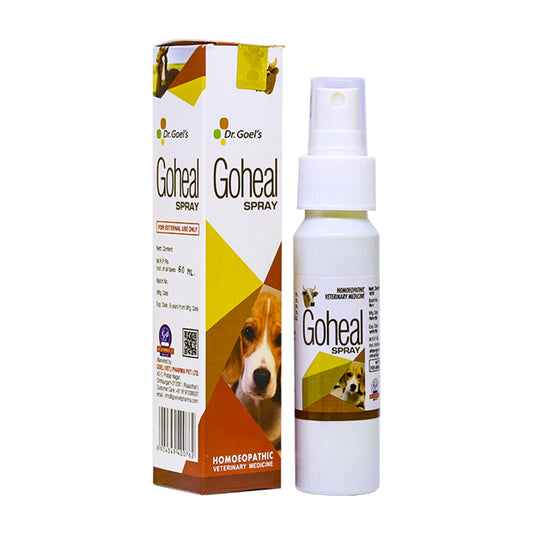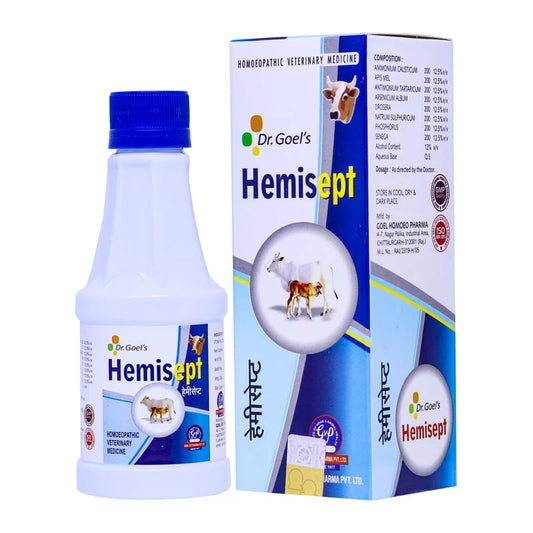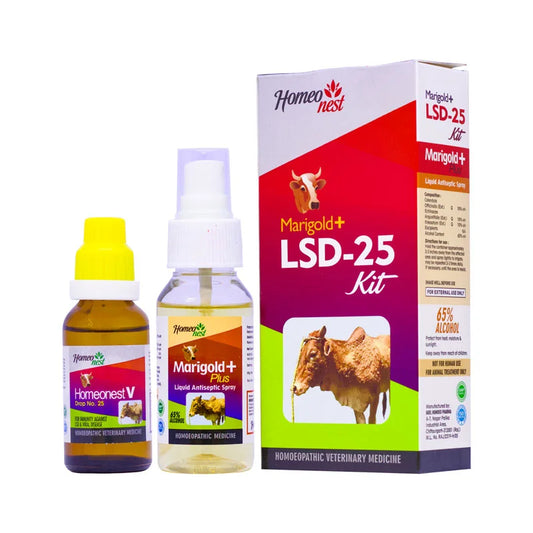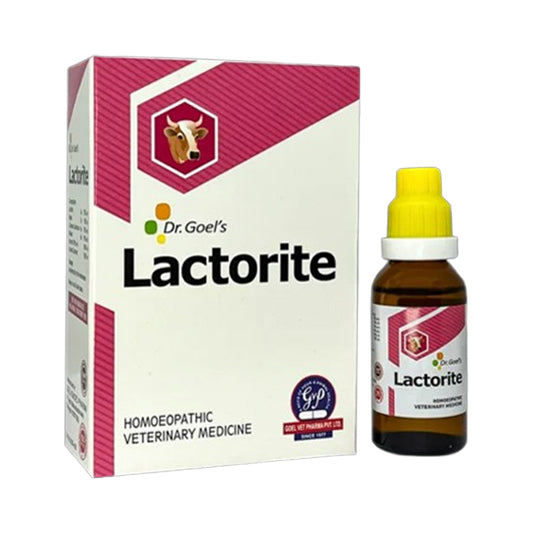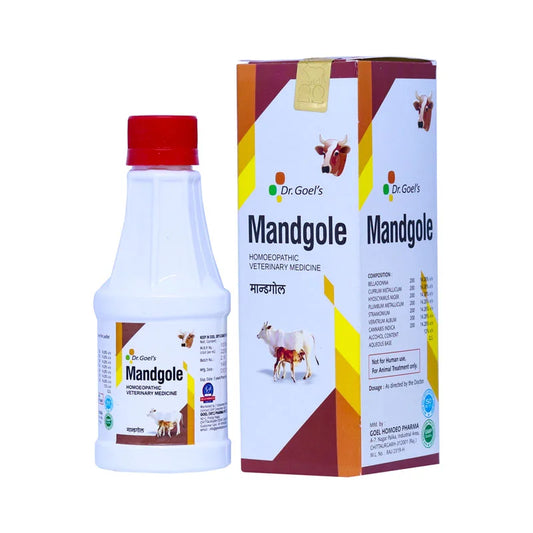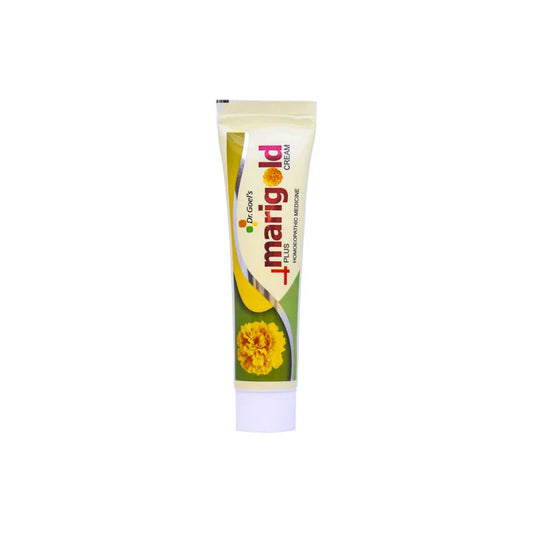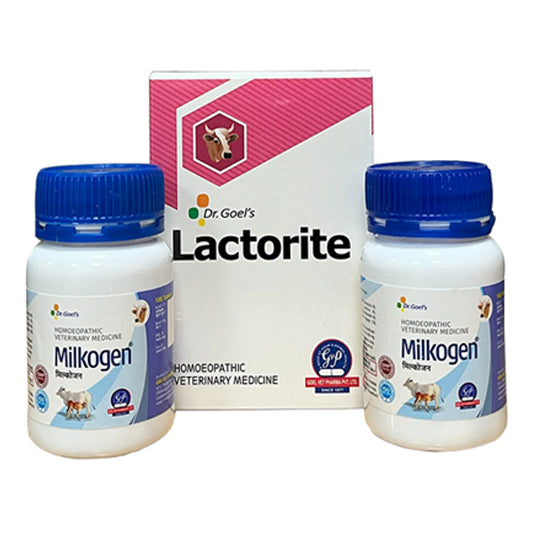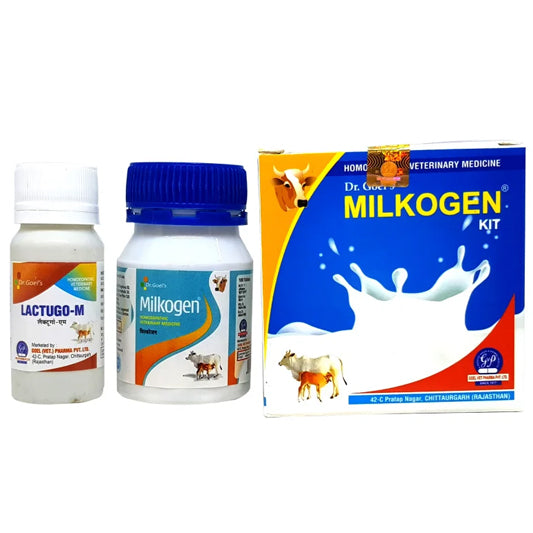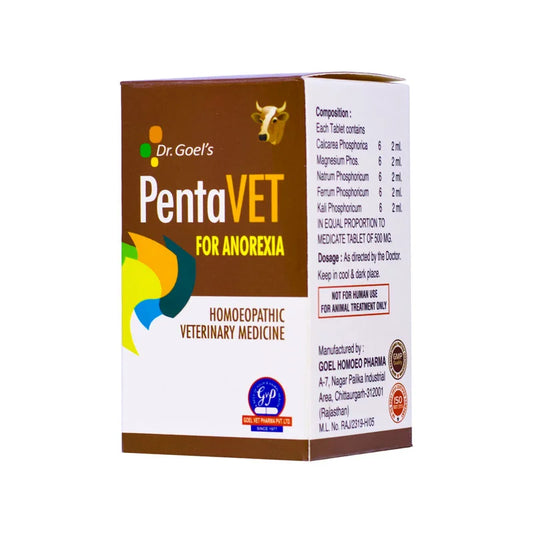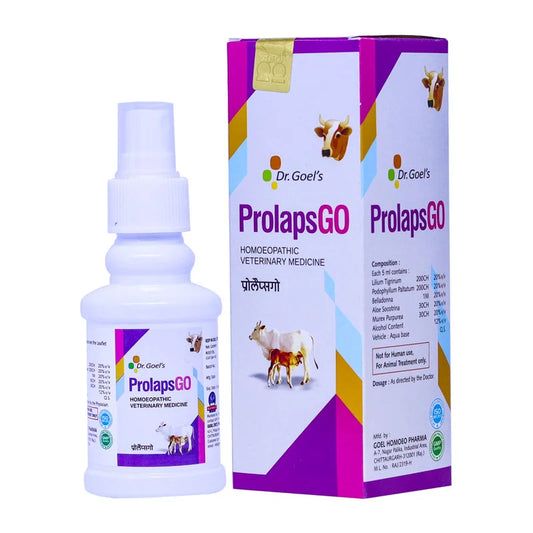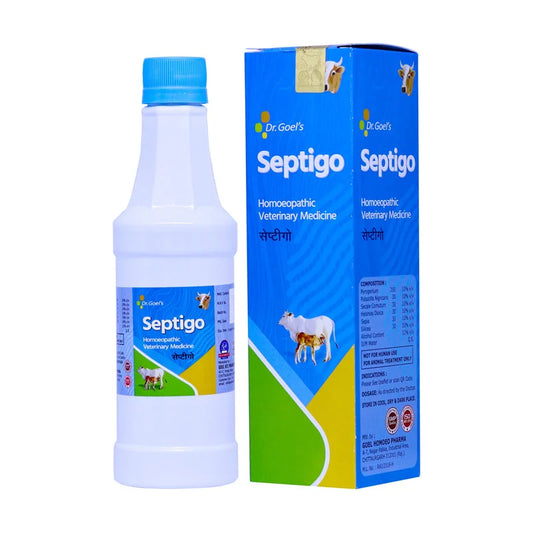
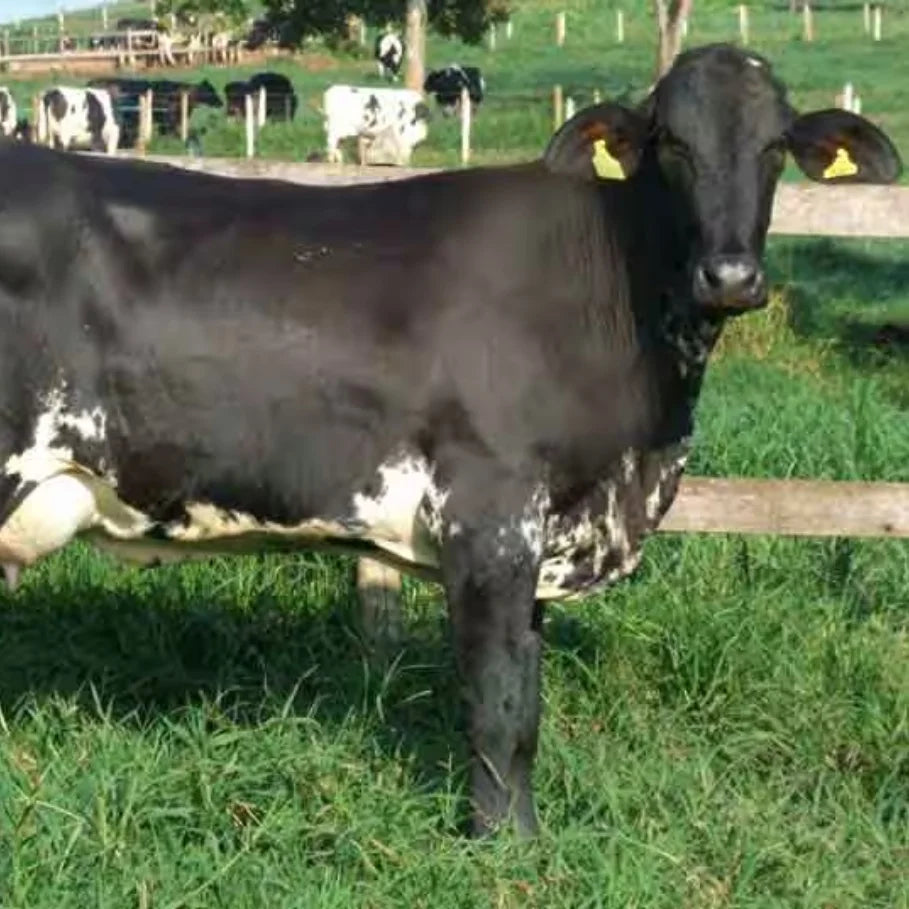
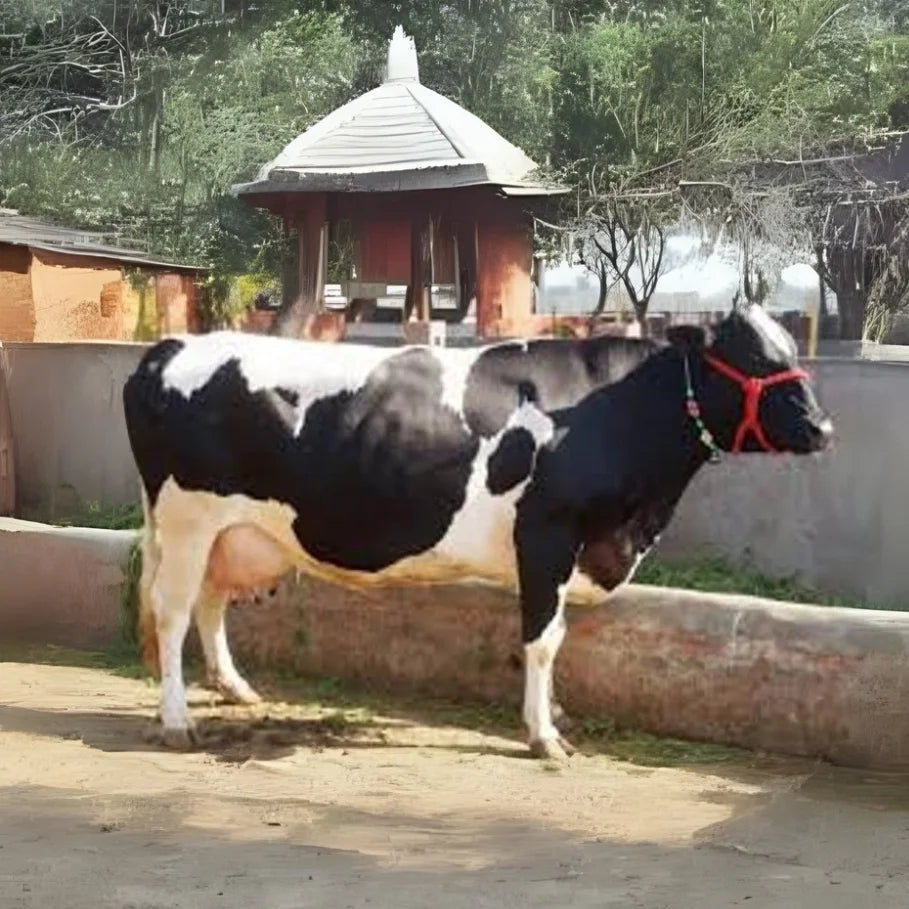
Hardhenu Cow
| Lifespan While specific data on the Hardhenu cow's lifespan is limited, crossbred cattle typically have a lifespan ranging from 12to 15 years, depending on management and environmental factors. |
Origin Developedby the Lala Lajpat Rai University of Veterinary and Animal Sciences (LUVAS) in Hisar, Haryana, India, the Hardhenu breed is a cross between Holstein Friesian (62.5%) and indigenous breeds Sahiwa land Hariana (37.5%). |
| Temperature Adaptability The Hardhenu breed is designed to be adaptable to the agro-climatic conditions of Haryana, indicating good tolerance to both hot and cold climates prevalent in the region. |
Weight Specific weight data for Hardhenu cows is not readily available. However, considering their genetic makeup, they are likely to have a medium to large build, with weights comparable to Holstein Friesian and Sahiwal breeds. |
| Colors Hardhenu cows generally exhibit a black and white coat pattern, similar to their Holstein Friesian ancestry. |
-- |
About the Breed
The Hardhenu cow is a synthetic crossbred developed to combine the high milk yield of the Holstein Friesian with the adaptability and disease resistance of indigenous breeds like Sahiwal and Hariana. This breed is characterized by:
- High Milk Yield: Capable of producing more than 5,500 kg of milk per lactation with a fat content exceeding 3.8%.
- Early Maturity: Lower age at first calving (around 36 months).
- Short Calving Interval: Approximately 13 months, allowing for more frequent calving cycles.
- Efficient Feed Conversion: Better utilization of feed resources, contributing to economic dairy farming.
Milk Production
Hardhenu cows have demonstrated exceptional milk production capabilities, with some reports indicating daily yields of up to 38.5 kg per animal.
Common Problems
While the Hardhenu breed has been developed for improved performance, potential challenges may include:
Health Management
As with all high-yielding dairy breeds, they may be susceptible to metabolic disorders if not managed properly.
Reproductive Issues
Ensuring proper nutrition and management is crucial to prevent reproductive disorders.
Adaptation to Diverse Climates
While bred for adaptability, extreme climatic conditions may still pose challenges.




